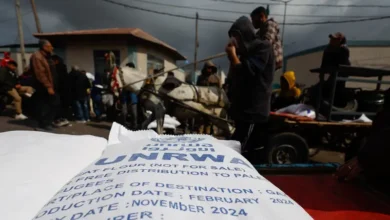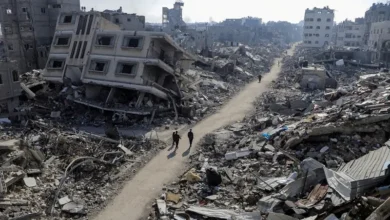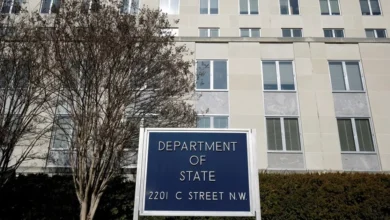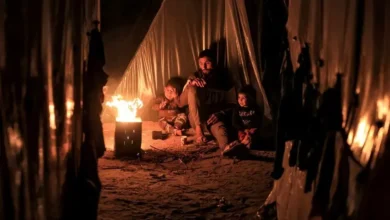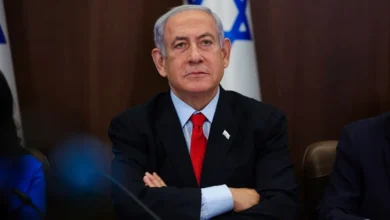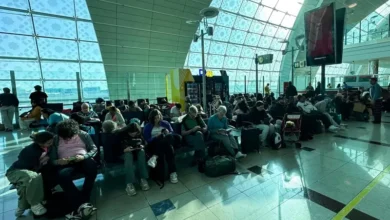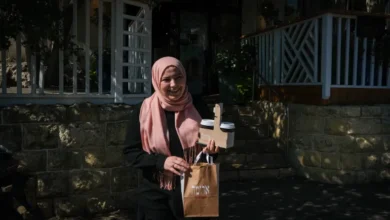Gaza death toll surpasses 18,200 as battles rage

Heavy urban battles raged Monday in the bloodiest-ever war in Gaza, with more than 18,200 Palestinians and 104 Israeli soldiers reported dead amid a spiraling humanitarian crisis.
The war was triggered by Hamas’ October 7 attacks that killed some 1,200 people in southern Israel and saw dozens of hostages dragged back to Gaza.
It has warned the remaining 137 hostages won’t survive unless Israel meets its demands and frees more Palestinian prisoners.
Israeli Prime Minister Benjamin Netanyahu called on the Palestinian group to “surrender now,” after his national security adviser claimed thousands of militants have been killed during the war, now in its third month.
“It is the beginning of the end of Hamas. I say to the Hamas terrorists: It’s over,” the right-wing premier said Sunday.
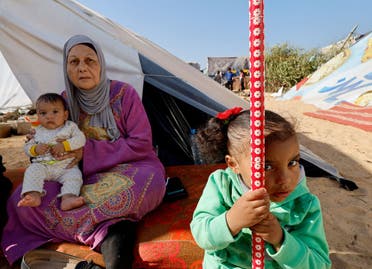
But brutal fighting continued Monday in Gaza, with Islamic Jihad militants saying they blew up a house in the southern Gazan city of Khan Younis where Israeli soldiers were searching for a tunnel shaft.
Rockets fired from Gaza hit Holon on the edge of Tel Aviv, injuring a civilian and leaving a crater in a residential street.
Live AFPTV images showed a volcanic-like cloud of grey smoke rising after an explosion in central Gaza, while AFP correspondents reported night-time strikes and automatic weapons fire in Khan Younis and bombings that shook several urban areas.
Israel had urged civilians to seek refuge in the far south, but the army has kept striking targets throughout the territory.
Umm Mohammed al-Jabri lost seven children in an airstrike on Rafah, near Egypt, after fleeing there from Gaza City.
“I have four children left,” said Jabri, 56. “Last night they bombed the house we were in and destroyed it. They said Rafah would be a safe place. There is no safe place.”
The last death toll from the health ministry in Hamas-run Gaza was 18,205, mostly women and children. It said 32 dead had arrived at Khan Younis’ Nasser hospital alone in 24 hours.
‘Back to old times’
The conflict has devastated health services, with only 14 of Gaza’s 36 hospitals functioning at any capacity, according to UN humanitarian agency OCHA.
Al-Aqsa hospital in Deir al-Balah was inundated with victims, including dozens of screaming children, after Israeli strikes on the nearby Al-Maghazi refugee camp.
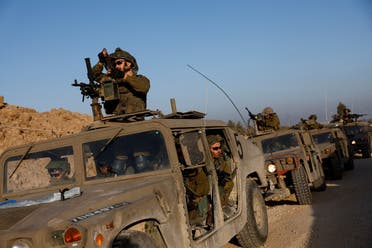
Women and girls have meanwhile been forced to use scraps of cloth for menstrual periods as sanitary conditions deteriorate.
“I cut up my kid’s clothes or any piece of cloth I find,” said 25-year-old Hala Ataya in Rafah.
Unable to obtain gas or even firewood for cooking, Gazans brought decades-old brass stoves to a workshop for repair.
“People have gone back to the old times,” owner Ibrahim Shouman said.
AFP visited the Al-Shifa hospital complex in Gaza City and found at least 30,000 people taking refuge amid the rubble after Israeli forces raided the facility last month.
In the nearby Al-Rimal area, an AFP correspondent saw thousands of Palestinians had set up camp at a UN agency headquarters.
They had fled Israeli strikes that destroyed dozens of nearby residential buildings and shops. The correspondent said both the Islamic and adjacent Al-Azhar universities had been reduced to rubble, as had the police station.
“There is no water. There is no electricity, no bread, no milk for the children, and no diapers,” said Rami al-Dahduh, 23, a tailor, who reported seeing tanks on his way to the facility on Saturday.
UN meeting
Palestinian groups called for a general strike Monday in solidarity with Gaza. Many shops, schools and government offices were shut across the Israeli-occupied West Bank and annexed east Jerusalem, as well as in Lebanon.
The UN General Assembly will meet Tuesday to discuss the humanitarian crisis, after the United States last week vetoed a Security Council resolution for a ceasefire.
A group of Security Council ambassadors travelled to Egypt to meet Gazan victims on an informal trip.
“I just met a young mother who lost a kid and has another little girl who is wounded,” Ecuador’s envoy Jose de la Gasca told AFP. “I don’t ever want to see again what I have just seen.”
The UN estimates 1.9 million of Gaza’s 2.4 million people have been displaced. Roughly half are children.
Israel’s military has published complex maps that break up Gaza into hundreds of ostensibly safe and unsafe areas, but Palestinians say these are confusing and hard to access amid power and telecom outages.
Lynn Hastings, UN humanitarian coordinator for the Palestinian territories, said it was inadequate.
“A unilateral declaration by an occupying power that patches of land where there is no infrastructure, food, water, health care or hygiene are ‘safe zones’ does not mean they are safe,” she said.
Elsewhere in the region, the war has encouraged Iran-backed groups to strike against Israeli and US targets.
Israeli bombardment killed a local official in south Lebanon on Monday, the National News Agency said, amid near-daily cross-border exchanges between Israel and Hezbollah.
Israeli strikes late Sunday near Damascus killed four people linked to Hezbollah, a Britain-based war monitor said.

